YouTube Mission and Vision Statement Analysis
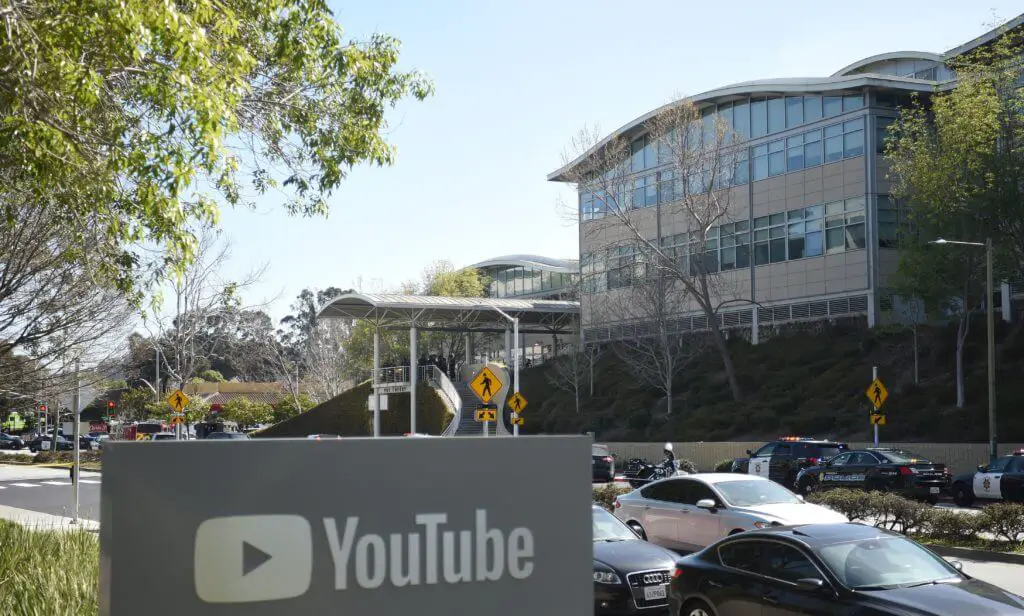
YouTube’s mission statement is “to give everyone a voice and show them the world.” YouTube concentrates on video content. The company makes access and sharing of this information easy and convenient through its online sharing platform. By doing so, it shows its commitment to easing communication and entertainment. The following are the components related to this mission statement.
- Give everyone a voice
- Show everyone the world
Ideally, YouTube designed its online platform with so much simplicity that people can use it to express their voices or showcase their creativity effortlessly. Adopting such a design also makes it easy for users to access materials online, and this adds to the overall experience that the company provides its clients. YouTube satisfies the second component by ensuring that there are no limitations to who can upload their videos to its website. The company also makes things even more interesting by creatively exploiting its algorithm to categorize content based on global regions such that a user has an easy time getting suggestions of related content when they surf YouTube.
Introduction
YouTube is a video-sharing website whose mission and vision statements have not only revolutionized entertainment but also related businesses. The company considers online presence a critical medium where everyone should be felt, and it exploits its systems to make this a reality.
A corporate mission statement outlines the activities of a company, while a vision statement establishes the future the company strives to conquer. YouTube vision statement is a reflection of its mission statement whose focus is on the services and the experiences the company offers its users.
At YouTube, the core values of the firm have an influence that goes beyond expectations. They are the principles that make YouTube the company it is and has been ever since its foundation in 2005. In fact, these four essential elements create an ideal environment for the organization to achieve its mission and vision. And even some YouTube competitors use these elements to become better.
Vision Statement
Although YouTube does not have an official vision statement on its site, it is evident the company looks to create a legacy of the most interactive video-sharing platform across the globe. In fact, the firm has much more to offer than sharing video content.
As part of its vision, YouTube has integrated YouTube spaces where it connects the most creative personalities to share and learn the art of creativity. Through this initiative, the company has managed to influence global topics with developmental and social impacts. In return, the company rewards these creators appropriately through its benefits and awards.
Core Values
YouTube core values comprise “freedom of expression, freedom of information, freedom of opportunity, freedom to belong.” YouTube calls these values its essential freedoms in line with the purpose for which the company was founded – giving a voice.
With its four values, YouTube creates an environment where people get an opportunity to share ideas, access any information they are looking for, grab chances for new discoveries, and belong to a community. Such an environment reflects everything that YouTube stands for.
References
- Analoui, F., & Karami, A. (2002). CEOs and development of the meaningful mission statement. Corporate Governance: The international journal of business in society, 2(3), 13-20.
- Anthony, R. N., & Govindarajan, V. (2007). Management control systems.
- Cady, S. H., Wheeler, J. V., DeWolf, J., & Brodke, M. (2011). Mission, vision, and values: what do they say?. Organization Development Journal, 29(1).
- Chau, C. (2010). YouTube as a participatory culture. New directions for youth development, 2010(128), 65-74.
- Cheng, X., Dale, C., & Liu, J. (2008, June). Statistics and social network of youtube videos. In 2008 16th International Workshop on Quality of Service (pp. 229-238). IEEE.
- Davidson, J., Liebald, B., Liu, J., Nandy, P., Van Vleet, T., Gargi, U., … & Sampath, D. (2010, September). The YouTube video recommendation system. In Proceedings of the fourth ACM conference on Recommender systems (pp. 293-296). ACM.
- DUFFY, P. (2008). Using Youtube: Strategies for using new media in teaching and learning. In Enhancing learning through technology: research on emerging technologies and pedagogies (pp. 31-43).
- Lange, P. G. (2007). Publicly private and privately public: Social networking on YouTube. Journal of computer-mediated communication, 13(1), 361-380.
- Rotman, D., & Preece, J. (2010). The’WeTube’ in YouTube–creating an online community through video sharing. International Journal of Web-Based Communities, 6(3), 317-333.
- Susarla, A., Oh, J. H., & Tan, Y. (2012). Social networks and the diffusion of user-generated content: Evidence from YouTube. Information Systems Research, 23(1), 23-41.
- Torres, R., Finamore, A., Kim, J. R., Mellia, M., Munafo, M. M., & Rao, S. (2011, June). Dissecting video server selection strategies in the youtube CDN. In 2011 31st International Conference on Distributed Computing Systems (pp. 248-257). IEEE.
- YouTube – About.
- YouTube, L. L. C. (2011). YouTube. Retrieved, 27, 2011.

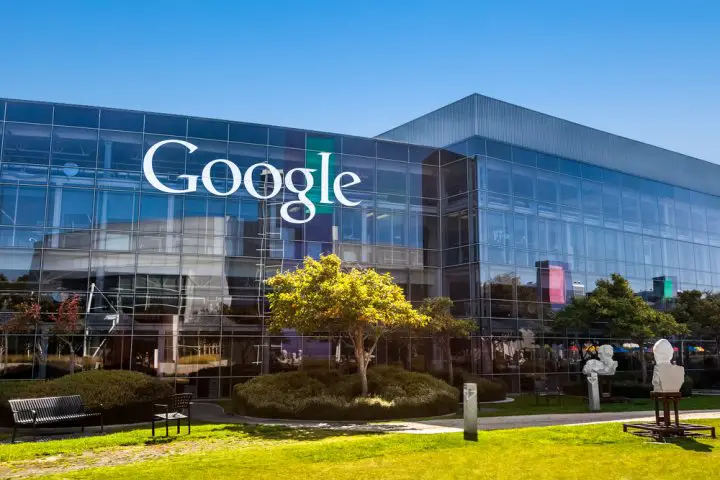




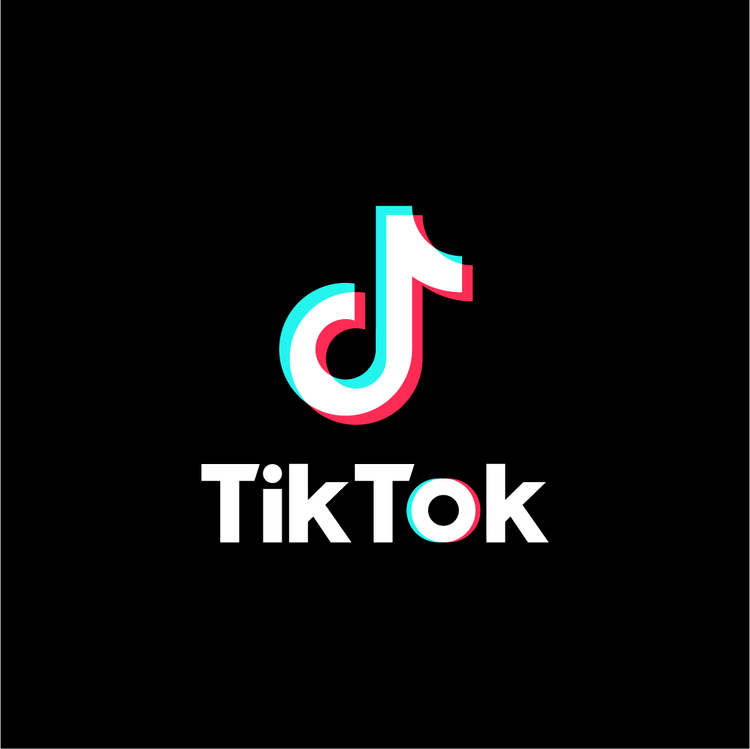

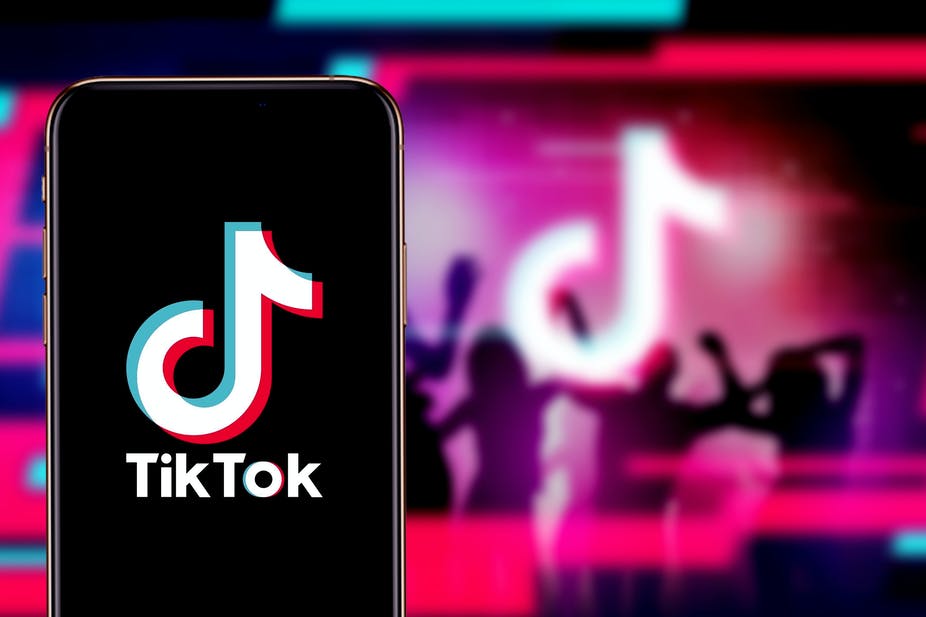

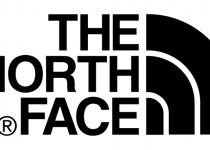

YouTube’s mission statement is “to give everyone a voice and show them the world.” You are failing at your mission YouTube.